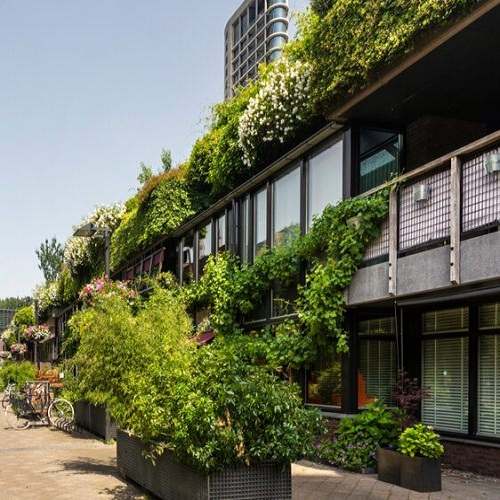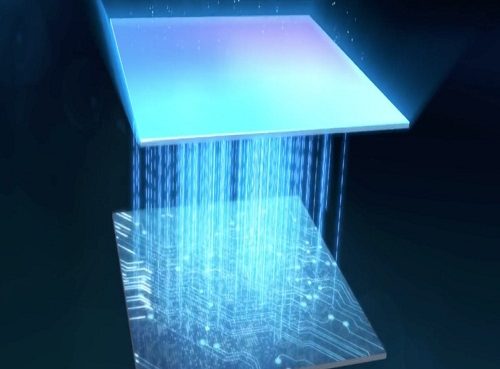An opportunity for growth and digitalization in the building and construction sectors lies in the use of advanced building design software.
The Architecture, Engineering, and Construction (AEC) sectors are critical to the growth and prosperity of cities and even nations. Unfortunately, digitalization efforts remain largely fragmented and sluggish.
However, it is a sector with huge potential for growth and profitability — and is projected to be valued at US$12.9 trillion in 2022.
The various systems, processes, and tools in AEC can greatly benefit from new and emerging technologies such as AI, digital twins, IIOT, and 5G.
Whilst there exists building design software on the market, one may be hard-pressed to find a sophisticated building design SaaS (Software as a service)that is web-based.
Enter Singapore-based, global SaaS building design platform, Digital Blue Foam (DBF), which launched last week after two years of development.
Technical specificities of DBF
Digital Blue Foam is a web-based, interactive generative building design platform that incorporates AI and data features into the software. This includes web-based APIs from maps, environmental services, 3D data sets of the context, and more.
The data is then carefully scrutinized, selected, and presented in an easy-to-use environment. According to the software developers of the same name, DBF can improve efficiencies, and reduce project timelines.
The building design SaaS integrates the core elements of the design process — data collection, 3D modeling, sustainability validation, city score, project comparison, and drawing production all on a single online tool.
It can also sync to various Building Information Modelling (BIM) software such as Archicad, Revit, Rhino3D, SketchUp.
The DBF AI includes real-time Daylight Autonomy Score, Solar Radiation Simulation, Instant Shadow Study, Wind Score, and Sun Path Animation.
These are inputs that can allow designers to validate designs in real-time without the use of expensive and complex software while designing a net-zero CO2 building.
Supports “15-minute” planning strategy
DBF also created a proprietary neighborhood scoring system to automate descriptive spatial metrics of neighborhood quality based on geo-location.
The technology supports the “15-minute city” planning strategy, which requires amenities such as offices, healthcare facilities, markets, and transportation to be within a 15-minute walk from residents.
According to DBF, early adopter Takenaka Corporation has sped up project design delivery by 750% using the DBF SaaS. Traditionally, a large project would take four years to complete, but they managed to complete it in one year.
Takenaka Corporation is one of Japan’s five largest and oldest construction companies.
The importance of digitalizing building design processes
Software such as the DBF can essentially replace legacy technologies, enabling higher-quality design, and creating better, greener buildings and cities.
This is especially important in a world where sustainably-designed, green buildings are crucial in the quest to ameliorate climate change.
Source: techwireasia










